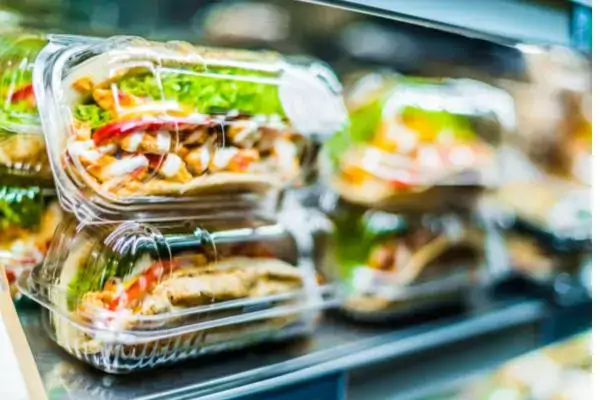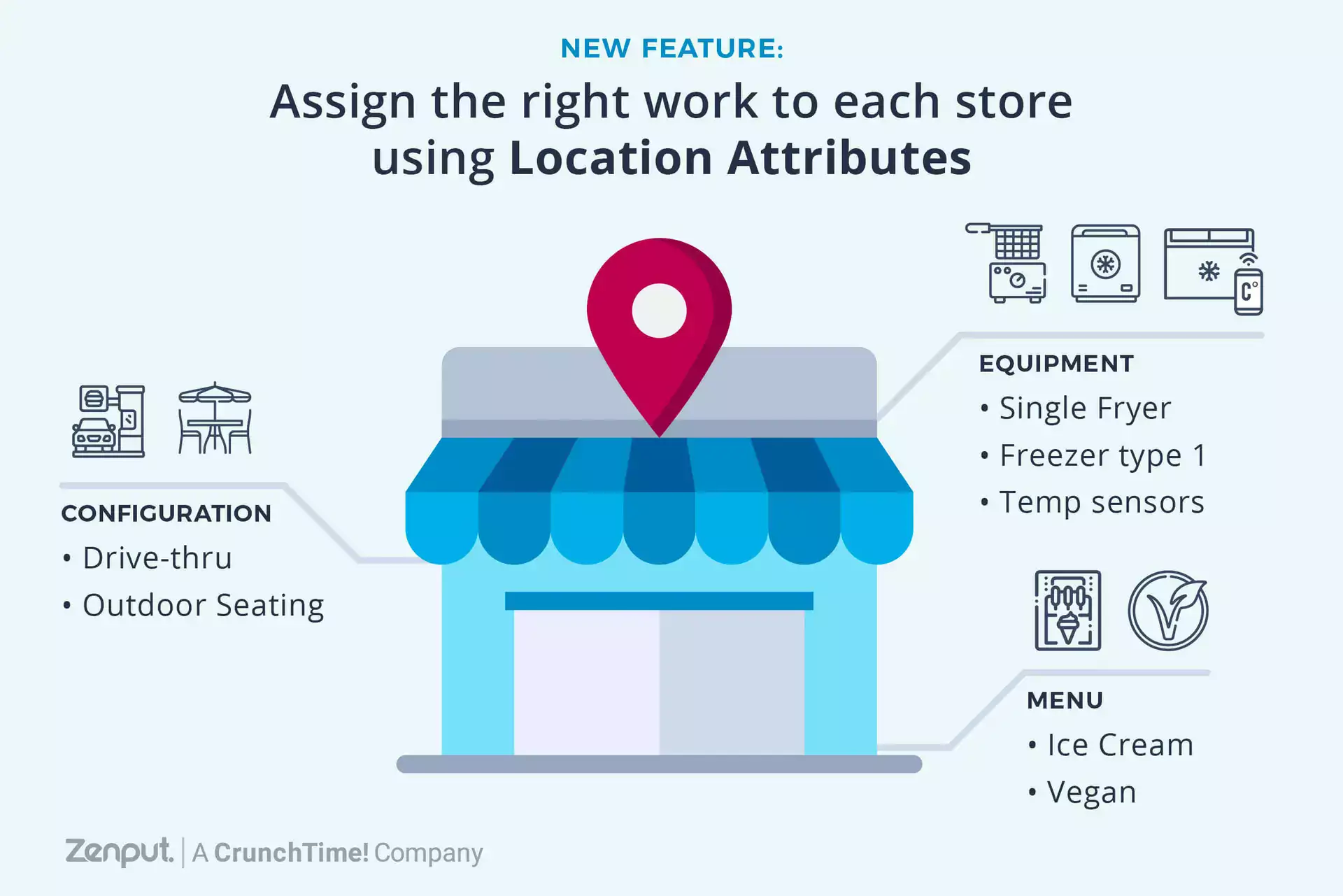The saying “when it rains, it pours” doesn’t have to have a negative connotation. In the c-store industry, it is raining mergers and acquisitions, and pouring dollars for these growing companies.
2014 was one of the busiest years on record for M&A activity, as documented by Convenience Store News.
To recap, here are some of the most significant deals of last year:
- Marathon Petroleum Corp.’s Speedway LLC division purchased Hess Corp.’s retail holdings.
- Energy Transfer Partners LP (ETP) bought Susser Holdings Corp., Aloha Petroleum Ltd., and 40 Tigermarket stores from Tiger Management.
- CST Brands Inc. purchased the general partner interest of what is now CrossAmerica Partners LP. Together, the two companies purchased Nice N Easy Grocery Shoppes Inc.
Announced in 2014, closed in 2015
- Alimentation Couche-Tard merging with Kangaroo Express Parent, The Pantry Inc.
- CST and CrossAmerica are teaming up again to acquire Erickson Oil Products Inc., operator of Freedom Valu stores and Landmark Industries, operator of Timewise stores.
2015 Deals
- 7-Eleven just announced it will buy Tedeschi Food Shops Inc.’s network of 182 stores in the greater Boston area and New Hampshire. Tedeschi Food Shops also operates stores under the Lil Peach and Store 24 banners.
- In another major deal, United Oil, a Southern California operator, will triple its store count after completing the acquisition of 251 gas stations and convenience stores from PC&F. The deal will also triple the workforce of United Oil, which will be renamed United Pacific.
What Can Operators Learn?
The tripling of newly formed United Pacific’s workforce calls to mind a few important lessons about the merging of companies and their respective brands. These are important lessons for retailers of any size, whether they operate 50 stores or 500. Here are five lessons from M&As:1. Set clear and attainable goals
Companies like Alimentation Couche Tard likely spent weeks, if not months, developing a synergy plan. Prioritize tasks. What comes first? There are the monumental tasks of notifying employees and, if applicable, shareholders. There are also the logistical challenges of changing banners, possibly closing some stores, and rebranding other locations. Set “start” and “finish” dates for your objectives, and funnel down from the most important tasks.2. Capture the best practices from BOTH sides of the business
Don't always assume the new parent company does everything better than the acquired company. For instance, 7-Eleven has not yet announced how the rebranding of Tedeschi Food Shops will occur or if any stores will be shuttered. However, Tedeschi is renowned for its fresh foodservice, while this has been an area 7-Eleven has tried to improve. Will 7-Eleven integrate some of Tedeschi’s expertise? It will be interesting to see what happens.3. Perform store audit/site profiles on new locations
Create a store profile for each location and document square footage. Note the number of cold vaults, if rebranded signage is needed and whether hot/cold food is served. Also, set a standard baseline score for tracking performance on newly branded stores and be able to compare them against existing locations.4. Standardize employee training
It’s likely there will be some slight differences in corporate culture, dress code, and even routine tasks like cleaning the store. Training for these tasks becomes easier when there’s a defined list of objectives across your network.5. Notify partners and vendors
Communicate with your partners and vendors to consolidate deliveries and refresh the merchandise mix. This is why historical views of promotions are especially helpful. Just like you can capture best practices from both businesses, you can now offer “the best of the best” in merchandise.Subscribe to our blog
You are now subscribed!


